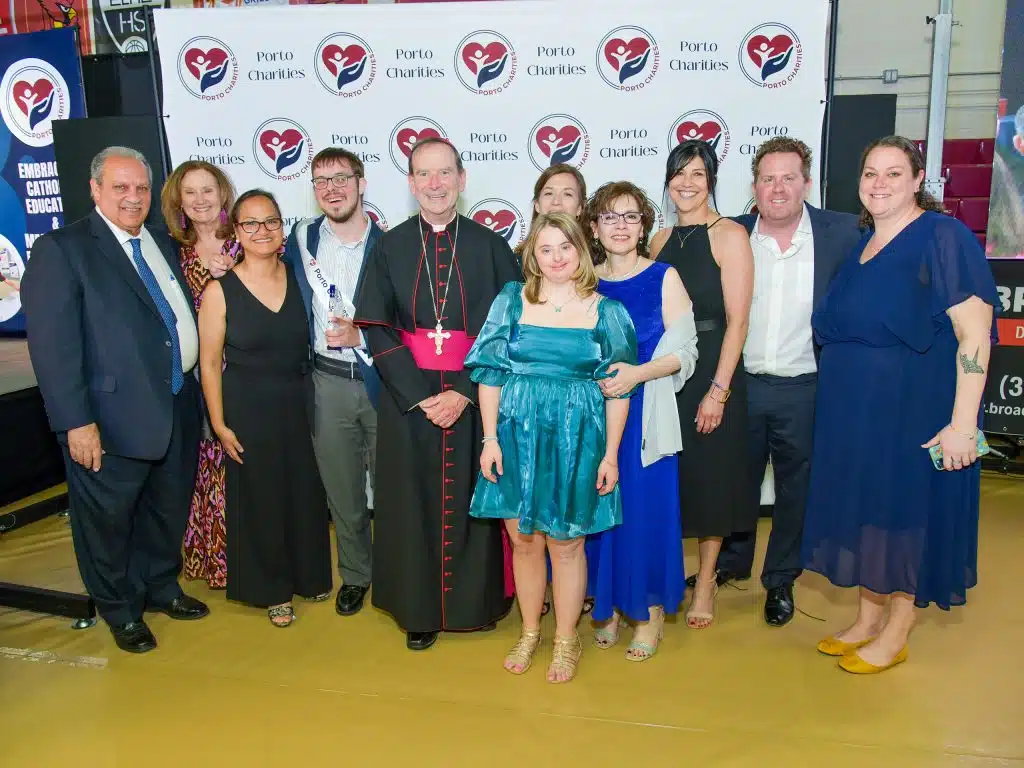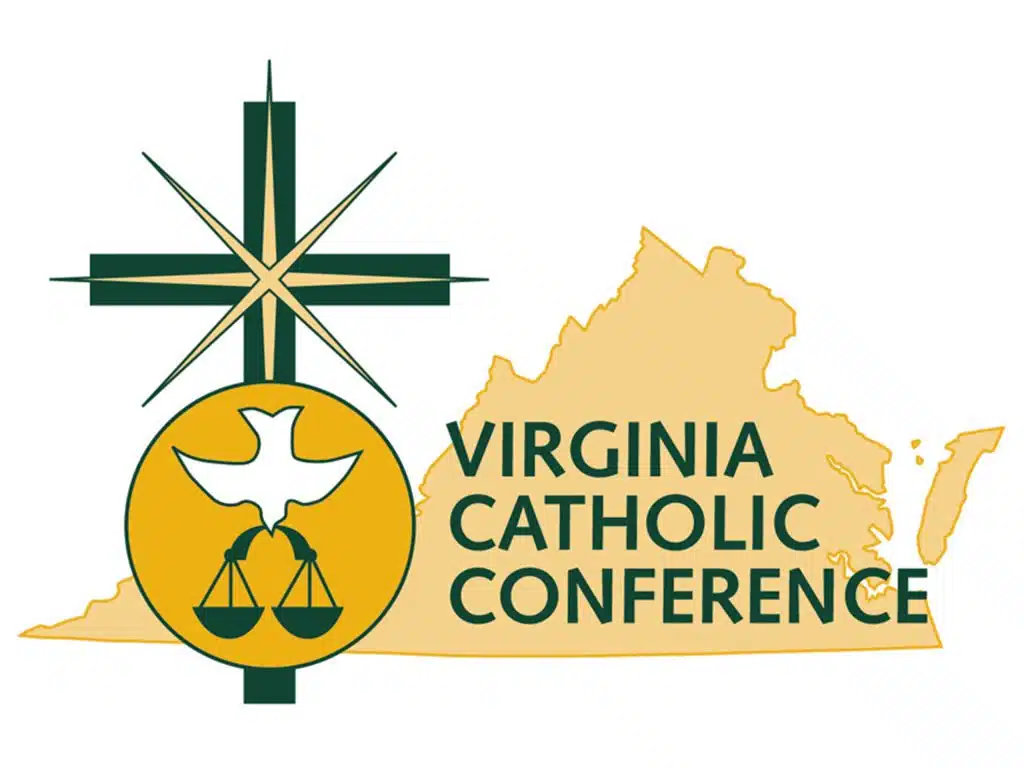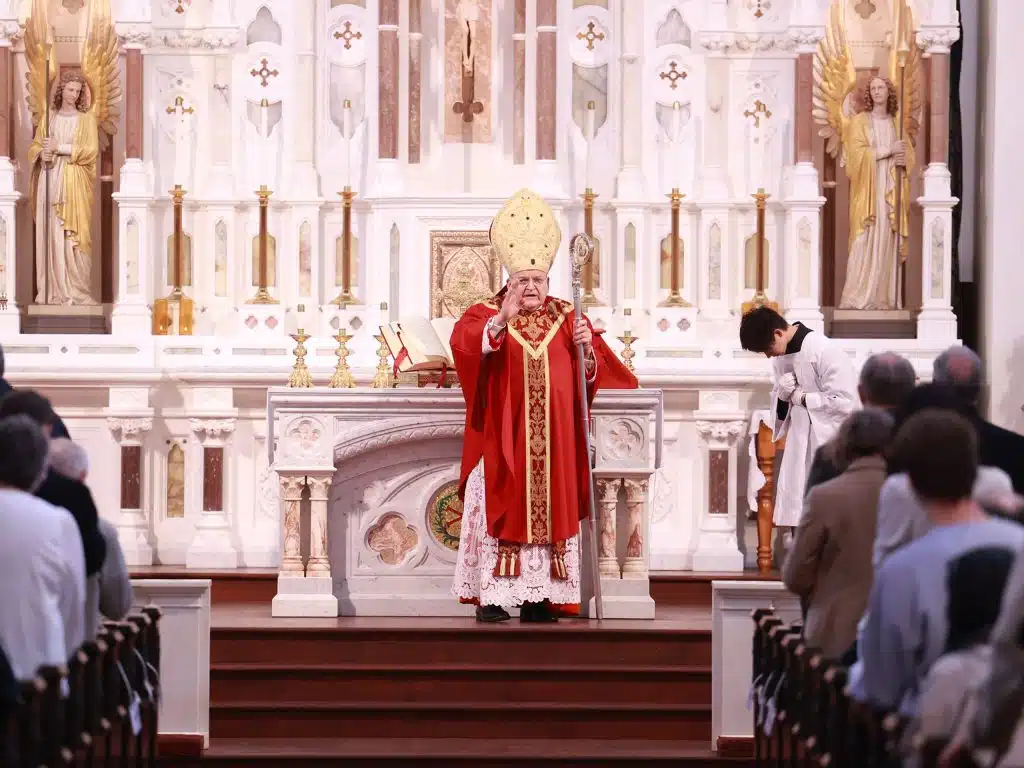Pope Francis called them “missionaries of God’s love and
tenderness.” Confraternities – groups of Catholic laity bound
together by faith – have existed since the early days of the
church. Over the years these groups, under ecclesiastical
authority, have worked to promote acts of piety and charity.
According to Our Sunday Visitor’s Encyclopedia of Catholic
Devotions and Practices, “confraternity” is the common name
used to describe these groups, but they include sodalities,
pious unions, leagues, third orders, secular orders and
guilds.
These groups had their origins in the early church when lay
people came together to care for the sick and to bury the
dead. In the 15th and 16th centuries, confraternities in Rome
assisted pilgrims visiting the city.
Vatican II gave new life to lay associations, and “Lumen
Gentium,” promulgated by Pope Paul VI in 1964, reiterated the
importance of the lay apostolate to the church’s mission.
“Upon all the laity, therefore, rests the noble duty of
working to extend the divine plan of salvation to all men of
each epoch and in every land. Consequently, may every
opportunity be given them so that, according to their
abilities and the needs of the times, they may zealously
participate in the saving work of the church,” reads “Lumen
Gentium.”
The role of the laity is further clarified by another Vatican
II document, “Apostolicam Actuositatem,” that stated, “The
laity derive the right and duty to the apostolate from their
union with Christ the head; incorporated into Christ’s
mystical body through baptism and strengthened by the power
of the Holy Spirit through confirmation, they are assigned to
the apostolate by the Lord Himself.”
These groups are codified in Canons 298-326 of the 1983 Code
of Canon Law and are technically called “associations of the
faithful.”
Canon law defines two types of associations – private and
public.
Private associations exist by agreement between members. The
local church authority may or may not recognize the private
association. For an association to be officially recognized
as a private association of the faithful it must submit its
statutes for review by a competent church authority.
According to canon law, the competent church authority is the
Holy See for international associations and the local
bishops’ conference for national groups.
The Catholic Association of Music is an example of a private
association.
A public association is one created by a competent church
authority. Examples include the Arlington Diocese’s Youth
Apostles (YA) Institute and the Women’s Apostolate to Youth
(WAY) and the Legion of Mary.
Mary Flanagan, president of the Arlington Regia, said that
there is a reason people join associations like the Legion of
Mary.
“When people join together, it fulfills a human and spiritual
need.”
As part of the celebration of the Year of Faith, in his May 5
homily on the Day of Confraternities and Popular Piety, Pope
Francis, said, “Down the centuries, confraternities have been
crucibles of holiness for countless people who have lived in
utter simplicity an intense relationship with the Lord.
Advance with determination along the path of holiness; do not
rest content with a mediocre Christian life, but let your
affiliation serve as a stimulus, above all for you
yourselves, to an ever greater love of Jesus Christ.”
Associations of the faithful are playing an important role in
the new evangelization efforts of the church. Ecclesial
movements like the Catholic Charismatic Movement in the
Arlington Diocese are a new phenomenon.
The U.S. Council of Catholic Bishops’ Richard McCord, in an
essay entitled, “Ecclesial Movements as Agents of a New
Evangelization,” writes, “Ecclesial movements is a collective
term for many volunteer groups and associations within the
church, mostly in the 20th century.”
McCord said that ecclesial movements are an evolution of the
traditional groups like confraternities that have arisen
throughout the history of the church and can be useful in the
spread of the new evangelization.
According to the “International Associations of the Faithful
Directory,” published by the Pontifical Society for the
Laity, the numbers of lay associations has increased since
Vatican II. Their growth, as in the past, is directly related
to a particular need of the church.
The directory said that these associations, whether the new
ecclesial movements or the more traditional confraternities
and sodalities, continue to give the church “a vitality that
is God’s gift.”


